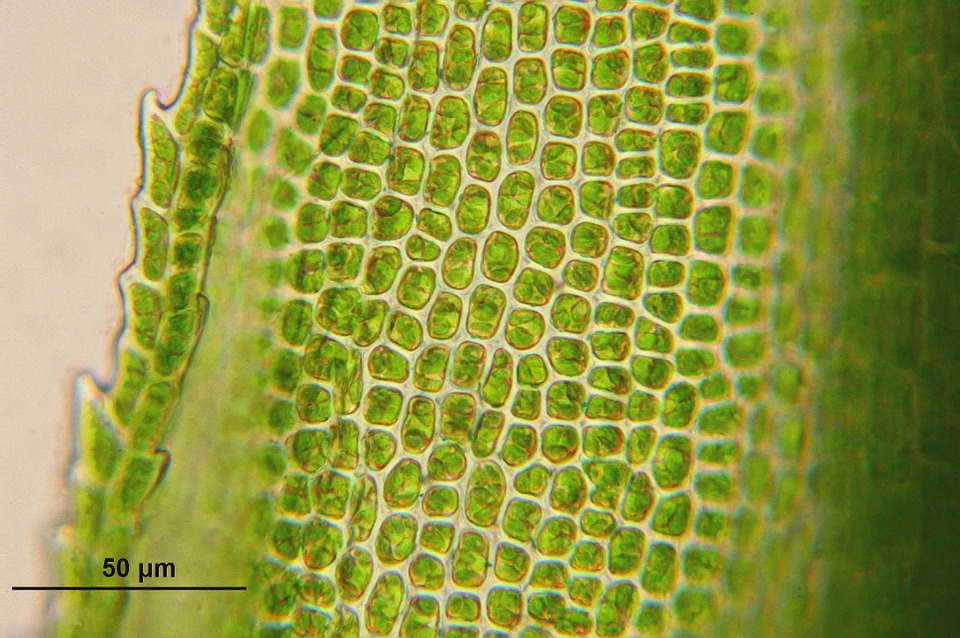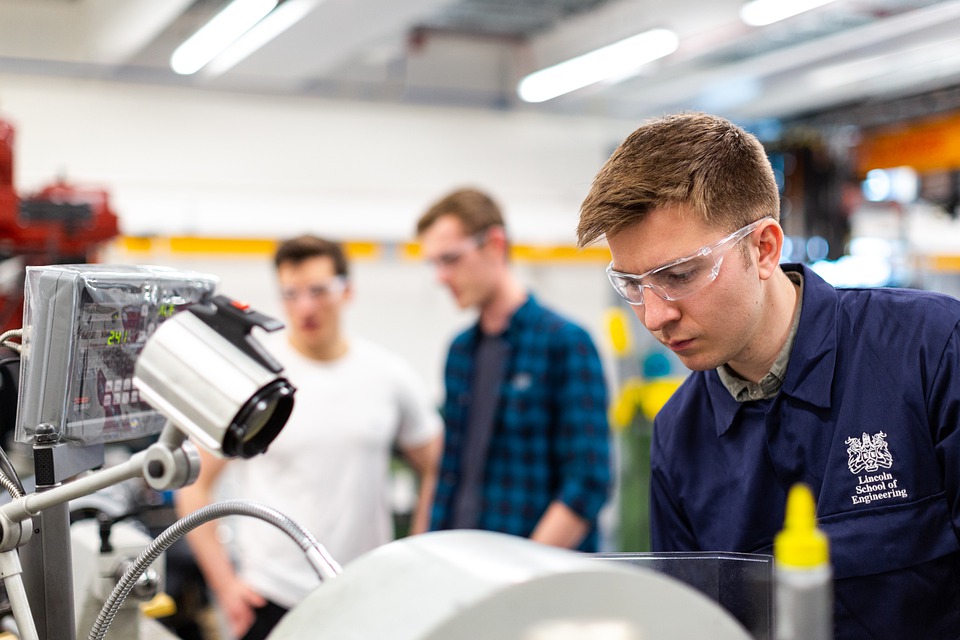Water-Absorbing Plant-like Material Could Eventually Power Robotics
It might seem strange to think that plant cells could pave the way for soft robots, especially considering that plants do not have muscles. However, it is the fact that the roots of plants can shift soil and rocks to get what they need, thanks to their ability to absorb moisture.
One of the fascinating things about robotics is that the more it emulates nature, the more effective it can become. It’s not a stretch to say that it’s the future of robots, as it has always been about emulating the human body. In the case of soft robotics and medical implants, it serves to be further improved thanks to the revelation based on how roots absorb moisture to get stronger.
A source of moisture
The revelation — that mimicking plant cells can be used to power soft robotics — was discovered by Shelby Hutchens in the University of Illinois Urbana-Champaign. Hutchens and her colleagues utilized plant tissue analogs by engineering their own closed cells with the help of polydimethylsiloxane, which is similar to the cell wall of plants. Through the process of osmosis, the researchers used salt to control just how much moisture the plant tissue analog would absorb. The more salt they used, the more capable the cell became when it came to absorbing water, and the more rigid the cell walls became as a result.
There had been similar previous experiments utilizing hydrogels, but it ended in failure as the more water it absorbed, the more unstable it became. It was in stark contrast to the PTA, which seemed to get stronger the more water it took in.
The advantage of bonding
The experiment with polydimethylsiloxane wasn’t without its challenges, as too much salt caused the cell wall to rupture. The exciting thing was that if a layer of the substance was bonded to something that was not quite as expandable, the result caused one side to expand in an arch, while the other remained the same. The fascinating thing was that it didn’t require any electrical power, as the only thing it needed was a source of moisture.
What it means for robotics
The fact that a layer of the substance can be used in such a way means that the future of robotics is looking that much brighter. While typical robotics are mechanical in nature, advancements are being made toward soft robots. With the help of their research, we continue to take steps forward regarding medical implants and other robotic technology that seeks to emulate what human muscles can do.
While it might not mean so much on its own, it offers an entirely new direction toward advancing robotics, and is undoubtedly an exciting breakthrough. Eventually, even newer advancements will be made that can support this breakthrough, leading the way toward advanced robotics that can emulate plant — and ultimately human — cells. The ability to absorb moisture is just one piece of the puzzle, and we’re lucky that so many ambitious researchers are dedicated to finding more.

